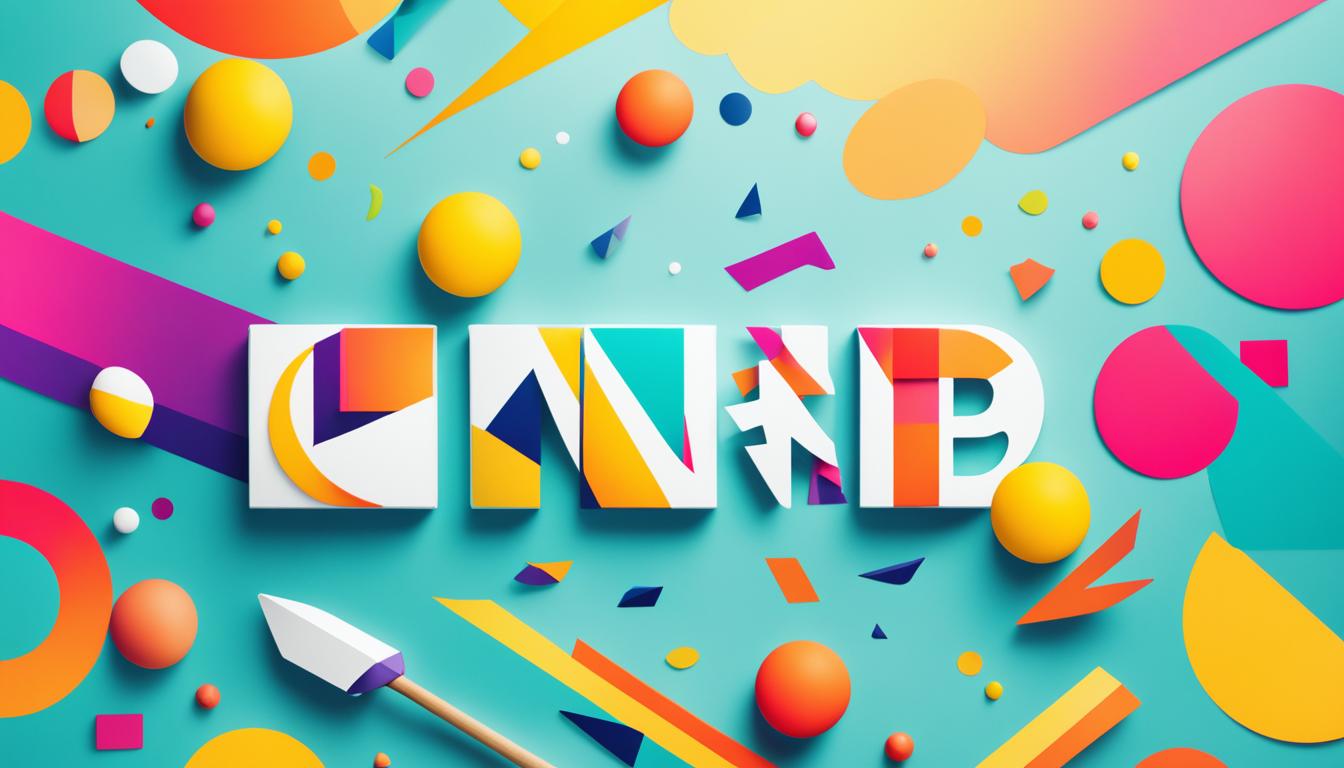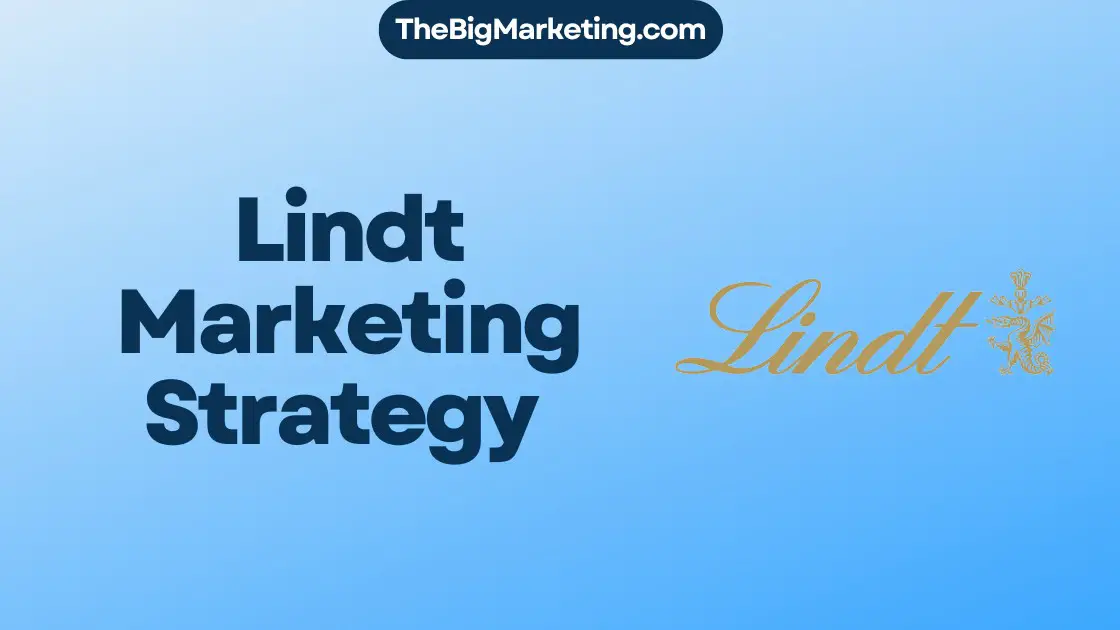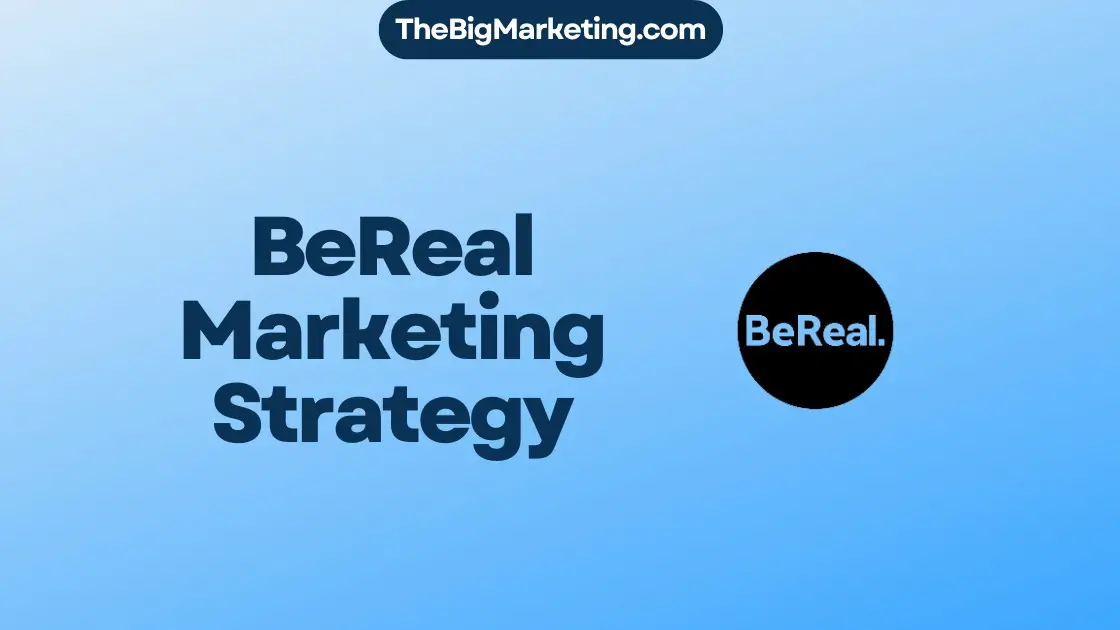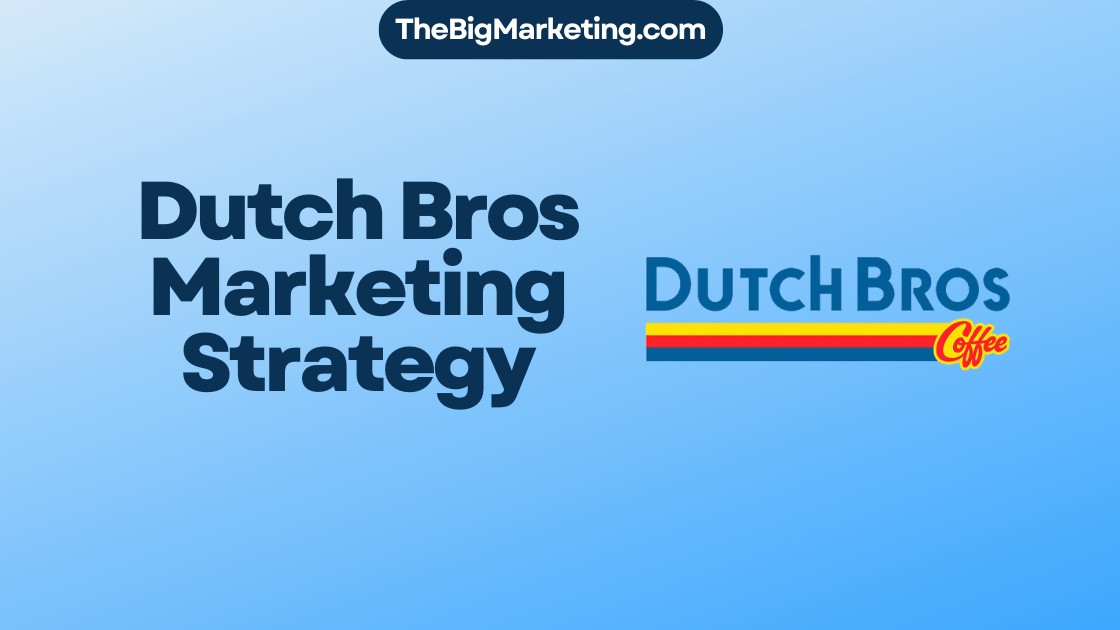Native advertising has changed how we see digital ads. It’s more effective than old-style ads for catching audiences’ attention. Especially, native social advertising has become hugely popular. It uses social media to reach and connect with people we want to talk to.
What is native social advertising, though? It’s an online ad method that fits smoothly into social media platforms. It doesn’t interrupt users like traditional ads do. Instead, it feels like part of the social media experience, which makes people trust and value it more.
Social media’s growth gives native ads a perfect chance to reach more people. These ads look and feel like part of the social media site. This way, they catch viewers’ eyes without feeling too much like ads.
Let’s see some examples of how well native social advertising can work.
Key Takeaways:
- Native social advertising blends into social media platforms well, making it a trusted way to meet readers.
- It aims to find new audiences with content that fits the platform’s style and tone.
- These ads grab attention without looking like typical ads.
- Native social advertising is a key player in digital ads.
- Great campaigns with native social ads can encourage more brands to try it out.
What is Native Advertising?
Native advertising uses paid ads that match the look and feel of their environment. Unlike classic ads, they don’t interrupt your online journey. These ads aim to capture attention subtly. You can find native ads on social media, blogs, websites, and search results.
Native advertising aims to provide a smooth experience. It blends ads with the content you’re viewing. This way, ads engage readers and boost brand awareness. They look like part of the site or social feed, not unwanted ads. This method allows brands to share their messages smoothly.
| Benefits of Native Advertising: |
|---|
| 1. Blends seamlessly with platform content |
| 2. Hooks viewers’ attention |
| 3. Enhances user experience |
| 4. Increases brand exposure and recognition |
Native Advertising vs. Content Marketing
Native advertising and content marketing may look alike, but they aim for different things. Native advertising uses third-party platforms. It blends advertisements with the platform’s existing content. This makes ads feel less intrusive.
Content marketing, meanwhile, focuses on building a brand’s own audience. It involves sharing content on a company’s platforms. This helps to build trust and show expertise. Both are key in a full marketing plan.
10 Native Advertising Examples
Native advertising is a strong tool for marketing. It helps brands connect with their audience in a unique way. Here are 10 amazing examples of how different industries have used it.
1. Altran Engineering’s Video in the Financial Times
Altran Engineering used a video to show off their skills in the Financial Times. This made them come across as a reliable partner in their industry.
2. Land Rover’s Suspenseful Mini-Movie
Land Rover came up with an exciting mini-movie. It was so gripping, people couldn’t look away. This strategy highlighted their love for adventure.
3. Eni Energy’s Storytelling Campaign on CNN
Eni Energy shared stories on CNN to talk about their eco-friendly energy. This made them stand out as green energy pioneers.
4. Mercedes’ Clean Content Ad in The Washington Post
Mercedes had a stylish and neat ad in The Washington Post. The ad matched the newspaper’s elegance and showcased Mercedes’ love for luxury and new ideas.
5. Viral Meme Used by VentureBeat
VentureBeat’s use of a viral meme caught the eye of many. It was a fun way to share their message with tech lovers.
6. Allbirds’ Sustainable Experience in The New York Times
Allbirds focused on eco-friendliness in their ad in The New York Times. This approach appealed to those who care about the environment.
7. Influencer Promotion on BBC.com
BBC.com teamed up with a well-known influencer for a native ad. This method helped the brand get noticed by more people and used the influencer’s trust.
8. Colored Corn’s Native Ad on Business Insider
Colored Corn introduced their unique product with an ad on Business Insider. This smart choice made them look creative and bold.
9. KPMG’s Ad in Forbes
KPMG placed their ad in Forbes to reach business pros. They showcased their knowledge, making a strong impression and gaining recognition.
10. Orbit Gum’s Humorous Ad on CollegeHumor
Orbit Gum engaged younger people with a funny ad on CollegeHumor. Their use of humor made the brand more visible to millennials.
These examples show how diverse and effective native advertising can be. By fitting into the platform’s own voice, brands can genuinely engage their audience and meet their goals.
| Native Advertising Example | Platform |
|---|---|
| Altran Engineering | Financial Times |
| Land Rover | Mini-Movie |
| Eni Energy | CNN |
| Mercedes | The Washington Post |
| Viral Meme | VentureBeat |
| Allbirds | The New York Times |
| Influencer Promotion | BBC.com |
| Colored Corn | Business Insider |
| KPMG | Forbes |
| Orbit Gum | CollegeHumor |
What is Native Advertising?
Native advertising is a kind of paid content that fits right in with the platform it’s on. It’s different from usual ads because it gives readers value. This matches what they expect from the publication. These ads are made to be clear but also blend well with regular content.
The goal of native advertising is to match the publication’s style. This way, it seems more like part of the content than an ad. It’s key for these ads to be clearly marked. This keeps transparency and makes sure the audience isn’t confused.
It’s vital not to mix up native advertising with content advertising. Native advertising blends with the platform’s style to get a broad audience. On the other hand, content marketing is about making useful content on a brand’s own platforms. This helps build a community, show expertise, and gain trust.
Knowing the difference between native advertising and content marketing helps brands. They can use both to connect with people, get more visibility, and get real results.
Why is Native Advertising Controversial?
Native advertising is popular but it brings up a lot of debates. A big concern is that it might weaken trust between publications and their readers. When ads blend in too well, people might feel tricked, believing they’re reading regular content instead of ads.
This blending of ads and content without clear labels has made some professional groups worried. Groups like the Federal Trade Commission and the American Society of Magazine Editors want more rules. They believe that ads should be easy to spot as ads.
Trust is key for any publication to succeed. The debate over native advertising stresses how important it is to be clear. Publishers and advertisers should make ads obvious to keep their audience’s trust.
There are calls for clear rules about how to show native ads. These rules would help readers know when they’re looking at an ad. Following these guidelines can help prevent the negative reactions that come from hidden ads.
Being more open and careful with native ads will build trust. It lets people choose what to read with full understanding of the content. When ads are clear, readers can make informed choices based on what they like.
The native advertising sector needs to adopt transparent methods to keep doing well. With careful oversight and obvious labels, native ads can engage people while keeping their trust.
Native Advertising Statistics
Native advertising has quickly become a big player in the world of digital ads. Nearly half of people don’t know what native advertising is. Yet, those who do are often doubtful of it. Despite this, it’s flourishing. Three out of four publishers now offer it. An impressive 90% of publishers are launching or planning native ad campaigns. Meanwhile, 41% of brands have started using native ads in their promotions. They are seeing better results, like more clicks and more engaged customers.
The Impact of Native Advertising
Native advertising stands out for grabbing attention and getting people involved. It blends in with the content around it, making users more likely to click on it. This means stronger brand recognition and more people using the brand.
Publishers’ Offerings
Publishers have embraced native advertising, with 75% offering it. This lets brands reach their audience through well-known and trusted platforms. The wide availability of native ads helps brands find and engage with customers more naturally.
Consumer Awareness and Perception
Most people still don’t know about native advertising. But, the ones who do are skeptical. This shows why being open and clear is vital to gain trust. Teaching consumers about native ads and their advantages is key as the industry grows.
Brand Usage and Effectiveness
More and more brands are seeing the worth of native ads for their marketing. Over 40% of brands now choose native ads to promote themselves. These ads lead to higher clicks and more active customers, making brands more recognizable and interactive.
Benefits of Native Advertising
Native advertising helps brands and users in big ways. It makes experiences better while also making brands more known. By fitting in with what the platform already shows, native ads are valuable and engaging. They improve how users feel overall.
Unlike regular ads, which might interrupt, native ads make users feel good about the brand. They do this without tricking or annoying people. This is how they create a strong, positive bond with the audience.
Native ads work better than usual ads. They get more clicks, showing that people are more interested. This interest brings more visitors to a brand’s site and builds a deeper relationship with the audience. Plus, by matching the platform’s style, native ads gain trust and recognition for the brand.
In today’s world, where ads are everywhere, native advertising is a smart choice for marketers. Its gentle way helps brands meet their audience without being ignored. Native ads grab attention with useful content, leading to good reactions from users.
| Benefits of Native Advertising |
|---|
| Upgraded user experience |
| Increased brand awareness |
| Enhanced brand recognition |
Conclusion
Native social advertising lets brands talk to their audience in a smooth way. By fitting in with what’s already on the platform, these ads deliver messages well and help people recognize the brand. Many industries have shown that native ads work well for them.
It’s smart for marketers to use native advertising in their online plans. This approach helps brands connect with their audience naturally, making ads feel more personal. Because these ads look like the usual content on the platform, they can build trust with consumers.
Digital marketing keeps changing, and native social ads are becoming more important. Their gentle approach and style match with the platform which boosts brand visibility and draws in customers. By using native ads wisely, brands can really improve their online marketing and see real benefits.







